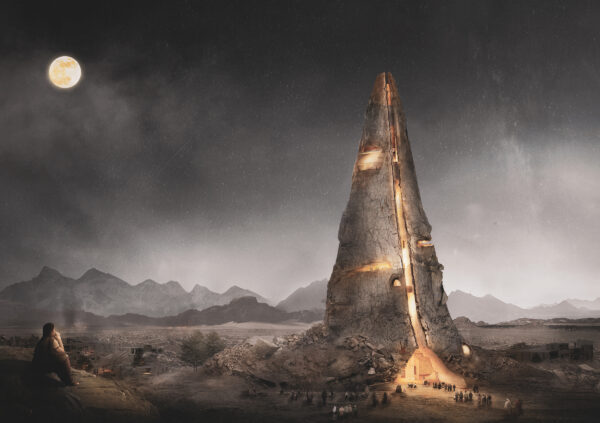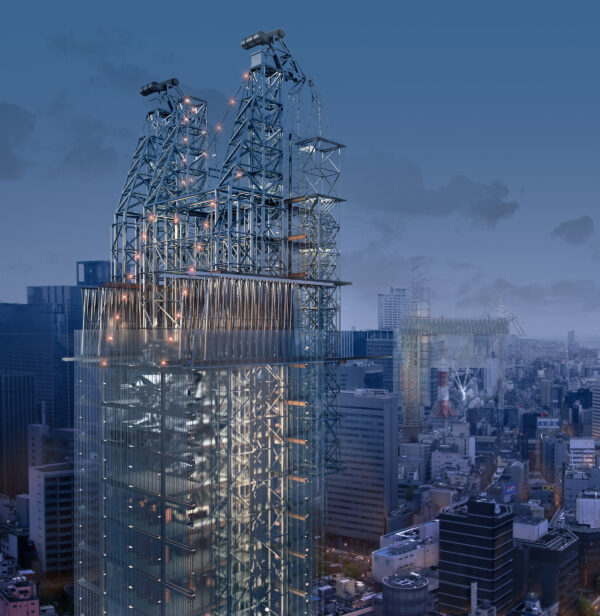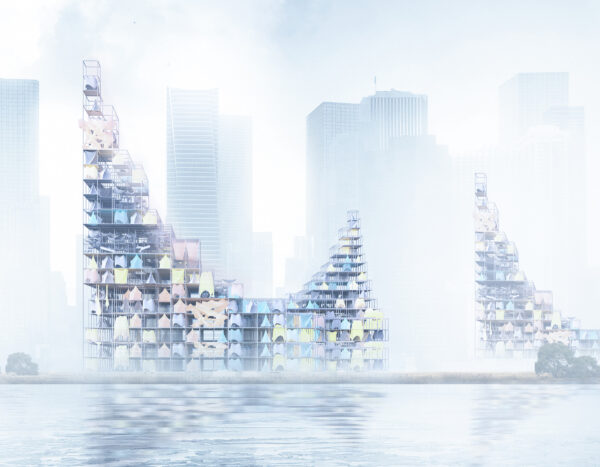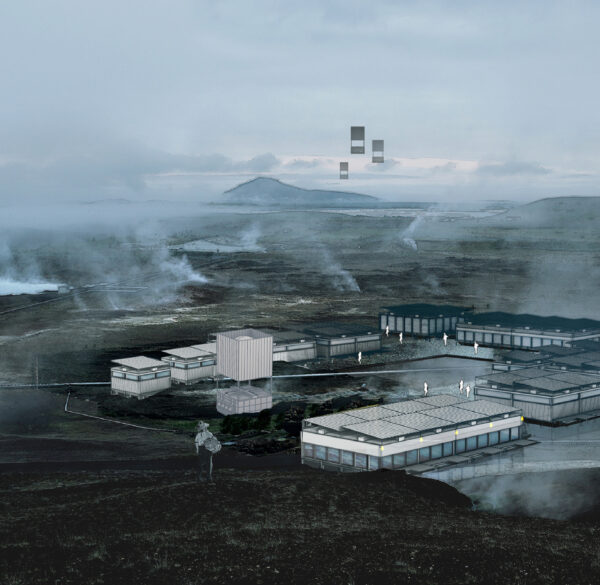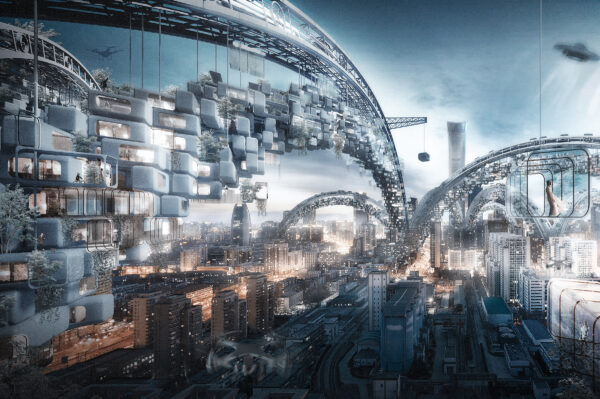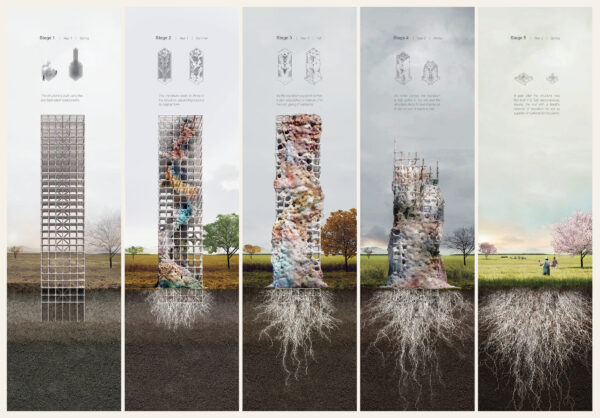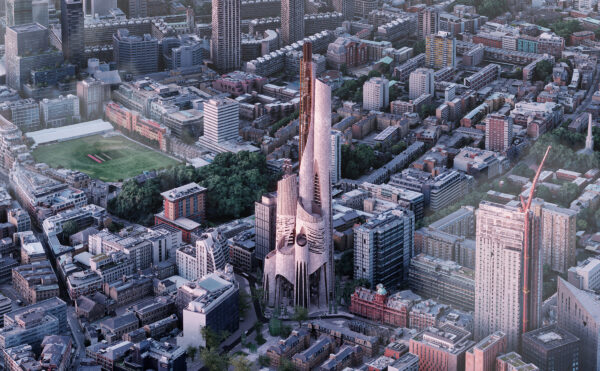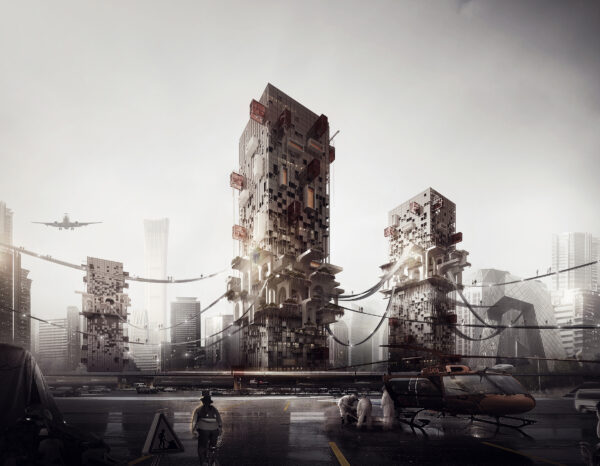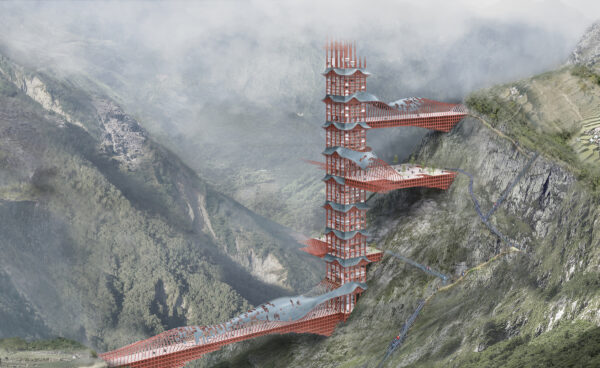Honorable Mention
2021 Skyscraper Competition
Zhang Zhenpeng, Feng Jialu
China
The Nagorno-Karabakh region in West Asia is generally recognized by the international community as a part of Azerbaijan, but it is controlled by Armenians. Since 1988, Armenia and Azerbaijan have been disputed over the ownership of Nagorno-Karabakh. In 1994, Azerbaijan and Armenia reached an agreement on a comprehensive ceasefire. However, the two countries have been hostile over the Nagorno-Karabakh issue. On September 27, 2020, Armenia and Azerbaijan broke out into a military conflict. The war caused a large number of casualties on both sides of Armenia and Azerbaijan. Half of the people in the Nagorno-Karabakh region lost their homes. The city was bombed and destroyed. Social security was chaotic. People had to flee to bunkers, dungeons, and churches. They were worried that they would die at any time. A church in Shusha has experienced destruction, the interior of the church is incomplete. Both sides of the war claim sovereignty here. 200 civilians took refuge here at the beginning of the war. During the war, a couple still insisted on holding a wedding in the church.
The church has changed hands several times, sometimes as an Islamic space and sometimes as a Christian space. No matter what kind of space it is, space is meaningless, and its meaning comes from life. People left their lives and plunged into war, forgetting the beauty of life’s common expectations and longings. However, people can pursue the common meaning in the Synonym Tower, whether it is truth, goodness, beauty, or divinity, the authentic form aims to erase all forms. There is no mosque or Christian church here, so the building achieves the ultimate meaning of its generation and construction—carrying all lives and manifesting the public meaning, that is, the meaning of peace. Read the rest of this entry »

